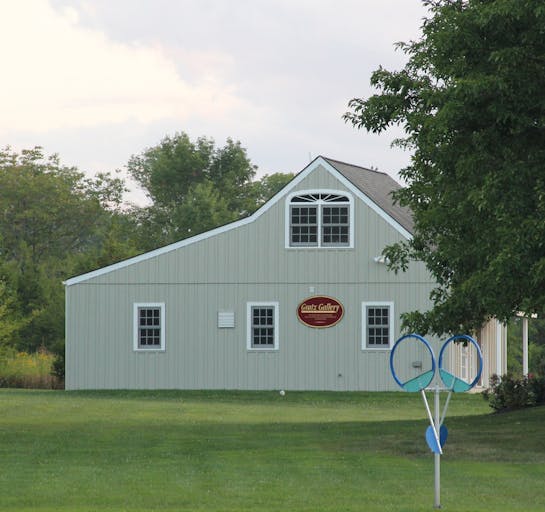Maxfield Parrish
1870 - 1966

Maxfield Parrish
1870 - 1966
One of America's best-known and revered illustrators, especially for children's books and magazines, Maxfield Parrish was born into a Philadelphia Quaker family. His birth name was Frederick Maxfield Parrish, and he later adopted the name Maxfield.
His father, Stephen Parrish, was a successful landscape painter and etcher, and he and Maxfield's mother, Elizabeth Bancroft Parrish, encouraged their son's artistic talent. Maxfield's father was his first teacher, and he took his son to tour the museums of Europe when the boy was only ten, and together they painted and sketched.
Initially interested in architecture, young Parrish studied in France, England; at Haverford College; at the Pennsylvania Academy of the Fine Arts; and at Drexel Institute, where one of his teacher's was illustrator Howard Pyle, later to become a major influence in his work. Parrish was also much admiring of Edwin Austin Abbey and artist members of the N.C. Wyeth family.
His work creating covers and illustrations for books allowed the young artist and his new bride, Lydia, to move in 1895 to the Cornish/ Windsor area where his father, Stephen had already taken up residence.
Parrish contracted tuberculosis in 1900. Around the same time, he began to focus more on oil painting than illustration. His magically luminous works, with their brilliant colors, became hugely popular, a popularity that lasted on into the 1940s. The method he used to achieve these effects was to apply many layers of thin oil, alternating with varnish, over stretched paper. It was a painstaking process, but resulted in exceptional detail and luminosity. Maxfield's patrons and buyers of his art were often in the upper echelons of society, commerce, and industry. Names such as Vanderbilt, Whitney, Astor, Du Pont and Hearst formed the primary core of buyers for his paintings. The tuberculosis hung on and Parrish spent time in Arizona to convalesce in the dry heat there. The Arizona landscape influenced the high coloration and distinctive style of his later work.
In 1905, Parrish met Susan Lewin, a 16-year-old girl who he and his wife had hired from a nearby farm town to help with their children. Lydia and Maxfield had waited to begin their family until the artist was cured of the tuberculosis that had robbed him of his health. She was in her early thirties when she began her first pregnancy, with son Dillwyn, and was close to forty when Jean, their final child, was born. Susan Lewin's image appears often in paintings from 1905 through the 1920s. Over time, she became Parrish's assistant, model for his paintings, and eventually allegedly his lover. She posed for the bulk of the figures for Gertrude Vanderbilt Whitney's murals (1912-16). Maxfield and his wife grew increasingly estranged and the two lived in separate houses on their property, The Oaks. Susan Lewin stayed with Maxfield for another 50 years, but after his
